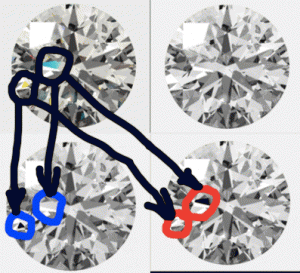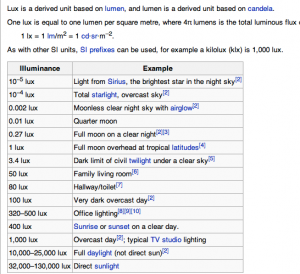- Joined
- Aug 15, 2000
- Messages
- 18,887
exactlyDate: 5/7/2010 9:42:30 PM
Author: Karl_K
Garry what does brightness have to do with it?Date: 5/7/2010 9:24:10 PM
Author: Garry H (Cut Nut)
I think the answers are clear above? And added too by Sergey''s response to Rhino?
The main reason there would be flashes is that it is not a flat lighting environment.
The lighting would also be off axis which can create fire. (light hitting at an angle is more likely to be returned as fire)
Flat on axis lighting is what will produce little dynamic brightness or dynamic fire.
I am confused and I thought I was starting to follow what Serg was talking about.






300x240.png)